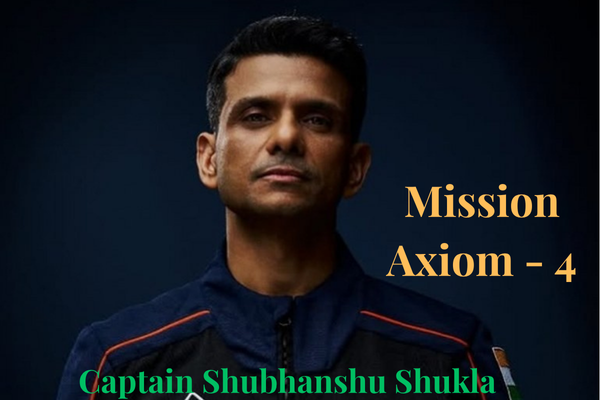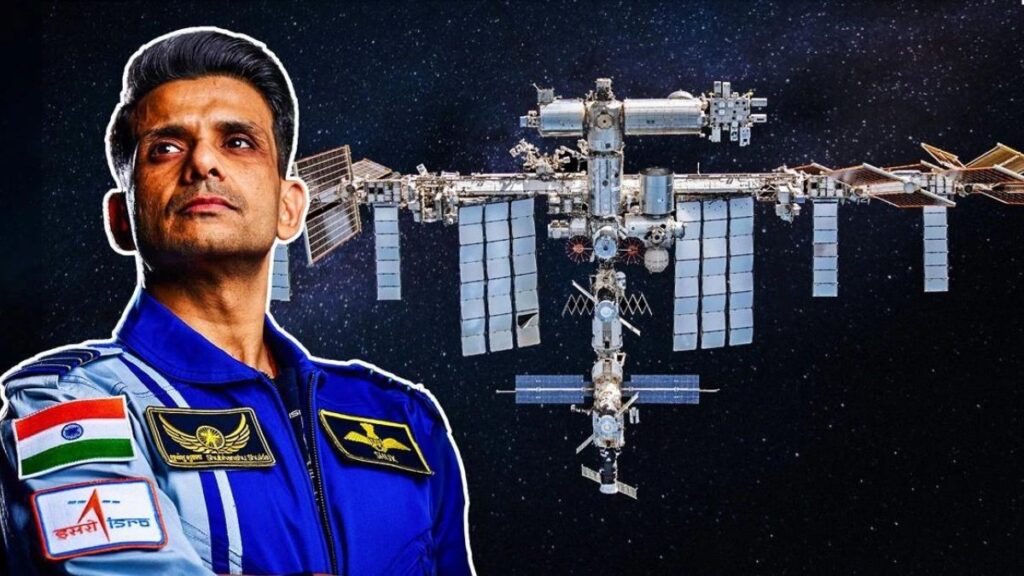
Here at our aerospace communications agency, we’ve observed a myriad of achievements in the context of humanity venturing toward space. It is today that we wish to acknowledge the incredible journey of Group Captain Shubhanshu Shukla, whose 18-day mission to the International Space Station has changed the face of India’s reception in the global space fraternity.
Table of Contents
Breaking a Four-Decade Stagnation in Indian Space Initiatives
If you are looking to find motivation in this modern age of aerospace development, Shubhanshu Shukla’s remarkable journey provides absolute inspiration. On July 15, 2025, after completing 288 orbits around the earth over the course of 18 days, Shubhanshu Shukla came back to earth, completing a mission that marks personal victories, polished with layers of national pride.
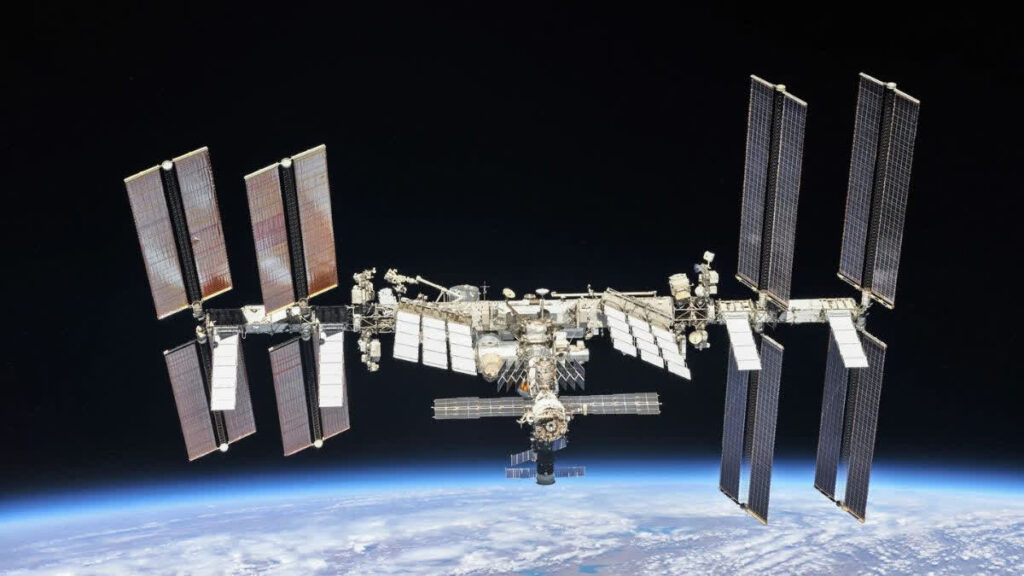
What adds this mission’s significance? As the second Indian to travel to space and the first in over four decades since Rakesh Sharma’s flight in a Russian Soyuz in 1984, Shubhanshu Shukla has bridged the gap of a generational dry spell in India’s space exploration. His join in the private astronaut missions on Axiom Space’s fourth private astronaut mission (Axiom-4) is not only a personal achievement but is pivotal in the timeline of our nation’s dreams in space exploration.
A Space Mission’s Forerunner: The Journey of a Man from Lucknow to LEO
It is accurate to note that every space mission relies on crafted and skilled hands of a single person who undertakes an incredible odyssey. Shubhanshu Shukla’s life story begins in Lucknow, where he was initially enrolled in Indian Air Force in 2006. With the proficiencies he had amassed flying MiGs, Sukhois and Hawks, he served as commander for the Axiom-4 mission and was full of vigor as a fighter pilot.
Shubhanshu Shukla stated during his farewell speech from the ISS, “From space, today’s India looks ambitious. It looks fearless. It looks confident. It looks proud.” The words he spoke not only resonate fully, but capture quite well the attitude India possesses when it comes to modern aspirations and future space exploration.
India and Axiom 4: The Inception of New Frontiers
The fourth Axiom mission is remarkable for the entire globe, however, India certainly holds a special place as well. Other than Shubhanshu Shukla, the crew featured Polish (Sławosz Uznański-Wiśniewski) and Hungarian (Tibor Kapu) astronauts, with Whitson commanding the mission as the first female veteran NASA astronaut. It marked an epochal moment for India, Poland and Hungary as they had not sent their national astronauts into space for over four decades. Most vitally on this occasion, their astronauts were integrated into the ISS and lived aboard the station along with performing space work for the very first time.
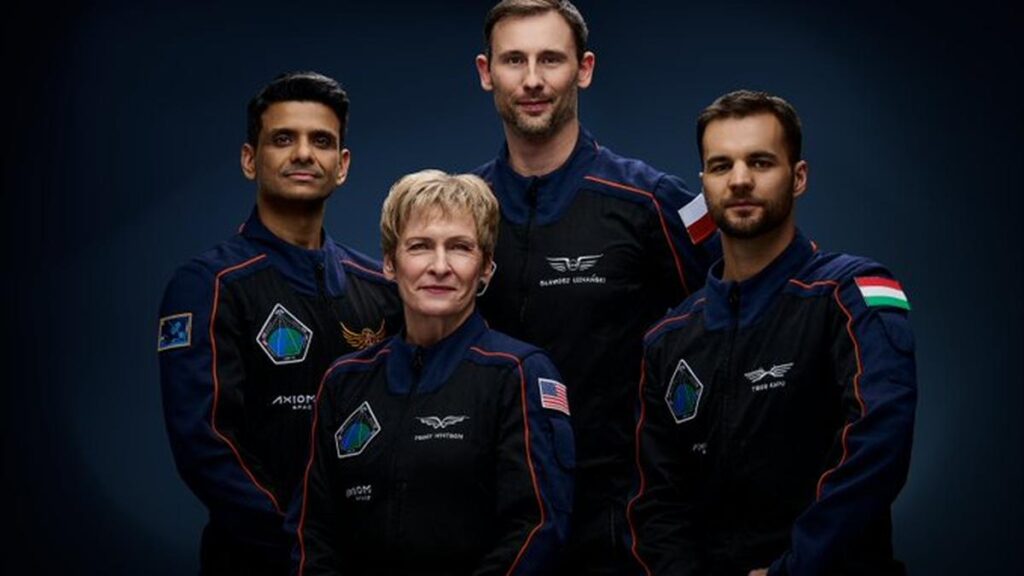
We also recognize with pride that this mission made use of SpaceX’s newest Dragon capsule, “Grace,” which added even further historical significance to the mission. For Whitson, this voyage added time to her existing record as the American with the most time spent in space, bringing her total to an astounding 695 days.
Science and Exploration: The Core of the Mission
At our agency, we strive to highlight the immense scientific importance of space missions. While on board the ISS for 18 days, the Axiom-4 crew performed roughly 60 scientific experiments and research activities, making it the Axiom Space flight with the highest number of research activities to date. Among these experiments, India’s ISRO sponsored seven, spending nearly 5 billion rupees ($59 million) to secure a seat and training for Shubhanshu Shukla.
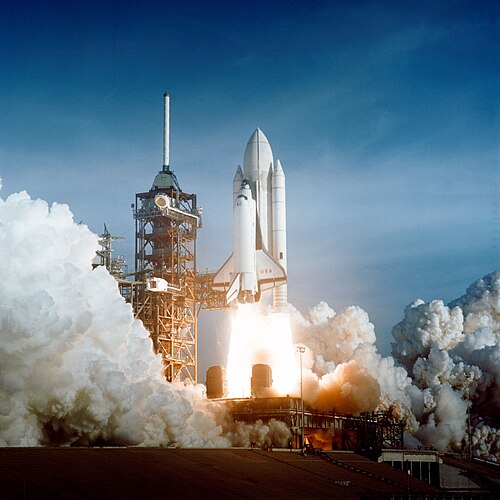
This work goes far beyond theoretical science; it is essential to the growing body of evidence regarding how humanity can live and work in space, which supports India’s ambitious Gaganyaan program that plans to execute the nation’s first human spaceflight by 2027.
The Physical Challenge: Returning to Earth and Adapting to Space
As with any form of traveling, space travel comes with its own set of phyiscal and technical challenges. Shubhanshu Shukla, like many other astronauts undergoing space travel for the first time, faces symptoms of disorientation as their body adjusts to microgravity. While aboard the ISS, he noted, “It’s the first time for me, so I don’t know what to expect (upon return). The only hope is — I did have some symptoms coming up — so I am hoping that I will not have it going down. Unless and until I get the worst of both the worlds and I get it both the times.”
On July 15, he made his return journey and, similar to other astronauts, completed a post-flight medical evaluation. Shubhanshu Shukla and his crew members were also provided with medical evaluation by SpaceX recovery teams after their splashdown which was near San Diego, California. Comparing pre-flight and post-landing evaluations assists scientists and doctors to comprehend the impact of microgravity.
For astronauts, the struggle does not conclude at landing. Microgravity exposure for prolonged periods leads to muscle degradation, atrophied muscles, weakened bones, and disrupted sensory networks. Counteracting these changes requires effort and readjusting to the gravity on Earth. To ease adjustment, each astronaut is assigned a tailored reconditioning strategy to readapt the various bodily systems.
From the ISS to India’s Space Future
India is finally emerging as an aerospace power and considers Shubhanshu Shukla’s mission as something more than a ceremonial milestone. Shukla’s actual experience will be quite useful in the development of India’s space human flight program. The Gaganyaan mission slated for 2027 is only the start of India’s aggressive space ambitions which include a space station planned by 2035 and the foundation of sending an Indian to the moon by 2040.
In parallel, Shubhanshu Shukla’s journey is built on the decades of Indian space development, but at the same time creates new frontiers. The fact that he is partaking in the commercial Axiom mission reflects the transformation taking place in space exploration, where private companies like Axiom Space and Space X partner with national agencies to escalate the human footprint beyond planet Earth.
The Sociopsychological Effects: National Pride and Transnational Collaboration
The declaration “As I go into space, I carry not just instruments and equipment, I carry hopes and dreams of a billion hearts,” Shubhanshu Shukla made before his launch received immense popularity, with many Indians relating to it on a deeper level. Families in Lucknow watched the spacecraft landing as a family affair while citizens all over the country proudly engaged with the conclusion of the mission.
Beyond national pride, however, these missions remain a textbook example of multinational collaboration in space. Axiom-4’s blend of foreign and domestic astronauts, who worked together with the international crew aboard the ISS, foster cooperation. Even amid geopolitical frictions, space continues to provide a frontier for humanity to highlight extraordinary collaborative achievements.
The Commercial Space Era and India’s Status
In our role, we have witnessed the transformation of commercial space travel first hand, particularly Axiom Space’s private ISS missions in greater context of NASA’s plan to commercialize low Earth orbit. With the proposed retirement of the ISS in 2020 due to the ongoing takeover by private company Axiom, the station is expected to be succeeded by privately built space stations.
With these commercial missions, India gains worthwhile experience as it seeks to develop its own human spaceflight systems. Shubhanshu Shukla’s mission investment is an example of purposely retaining the country’s foothold in crewed space operations, even during periods of self-sufficient capability construction.
Looking Forward: The Journey Has Just Begun
The completion of Shubhanshu Shukla’s mission marks an important milestone in India’s ambitious advances into space. His journey is transformative, as it equips him with knowledge that can be used in future missions—everything from launch preparations, adapting to microgravity, conducting experiments, and returning to Earth. These will serve to shape Indian endeavors while motivating the next generation of aerospace professionals.
Shubhanshu Shukla’s achievement impacts many Indians by serving as an instant motivator. It geographically touches everyone, from enthusiasts to industry experts, while acting as an educational tool regarding the projection of crewed space exploration. The journey makes it clear that with adequate resolve and planning, reaching the stars is possible.
The Voyage Back
The narrative of Shubhanshu Shukla’s journey is far from over, even after returning to Earth. Following recovery efforts and a set of medical assessments in the U.S., he will be traveling to India on 17th August, 2025, and the nation will likely celebrate him as a national hero. The space India’s program receives will reverberate from his mission for years to come.
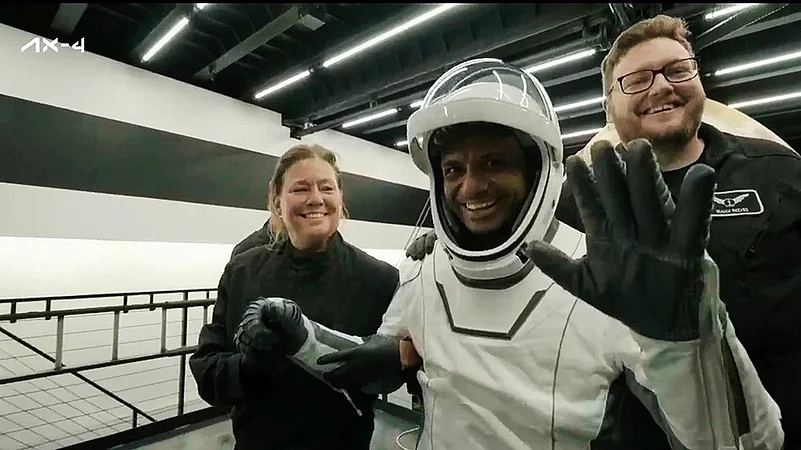
At our aerospace communications agency, these narratives fuel our pride, as they demonstrate the very best of humanity and technological progress. From sophisticated narratives around space missions to holistic communication plans for aerospace entities, we put emphasis on precision to foster engagement while maintaining the highest standards of quality. Reach out if you wish to redefine your aerospace communications, we will work together to develop a campaign that aims for the stars.
This blog post was created in honor of the Axiom-4 crew and the support personnel from Axiom Space, SpaceX, NASA, and the Indian space Research Organisation. This collective put in an incredible amount of work to make this historic mission possible.
If you like this information and want to explore our other Blogs, Click Here
You can visit our new website, Click Here

